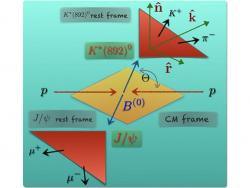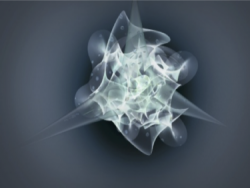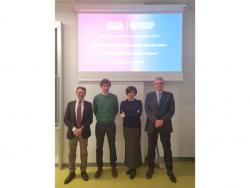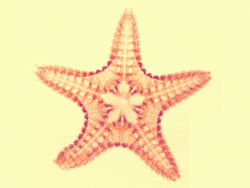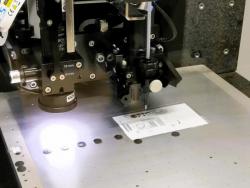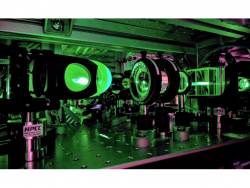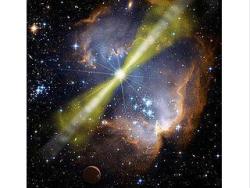- Home
- Department
- Research
- Teaching
- Post Graduate Studies
- Knowledge Transfer
- How To
Low Background Photon Detectors
Research Strand:
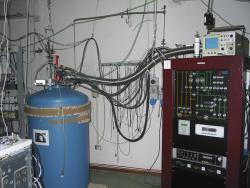 The search for exotic particles of various kinds, which have been given the generic name of weakly interacting slim particles (WISPs) (see arXiv:1002.0329) and are often excellent candidates for Dark Matter, has seen very rapid development in recent years. The main detection channel for WISPs is their interaction with photons. Due to the weakness of such coupling, one must normally be able to detect very few photons per second (typically less than 10-3 ph/s) over the detector background.
The search for exotic particles of various kinds, which have been given the generic name of weakly interacting slim particles (WISPs) (see arXiv:1002.0329) and are often excellent candidates for Dark Matter, has seen very rapid development in recent years. The main detection channel for WISPs is their interaction with photons. Due to the weakness of such coupling, one must normally be able to detect very few photons per second (typically less than 10-3 ph/s) over the detector background.
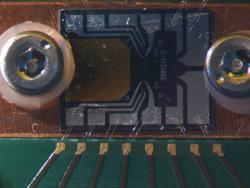 The ideal detector for these applications is the transition edge sensor (TES). A thin metal film is cooled at a temperature of a few dozen mK and held (thanks to an electro-thermal feedback loop), at the transition edge between normally- and super-conducting. Incoming photons absorbed by the sensor cause the film to suddenly increase its resistance, generating a signal in the sensor readout electronics. The signal pulse also contains information on the energy deposited by the incoming radiation. Transition edge sensors are basically background-free and are able to count single photons; moreover, the region of maximum spectral sensitivity can be set during manufacture in a wide range from below 1 eV to tens of keV.
The ideal detector for these applications is the transition edge sensor (TES). A thin metal film is cooled at a temperature of a few dozen mK and held (thanks to an electro-thermal feedback loop), at the transition edge between normally- and super-conducting. Incoming photons absorbed by the sensor cause the film to suddenly increase its resistance, generating a signal in the sensor readout electronics. The signal pulse also contains information on the energy deposited by the incoming radiation. Transition edge sensors are basically background-free and are able to count single photons; moreover, the region of maximum spectral sensitivity can be set during manufacture in a wide range from below 1 eV to tens of keV.
The BARBE group in Trieste develops and tests TES sensors in collaboration with the University of Camerino and the INRIM institute of CNR Torino. The immediate goal is to use the sensors in an “actual” experimental environment at the WISP search experiments CAST, at CERN, and ALPS at DESY Hamburg.
Info
Last update: 09-11-2024 - 07:45


